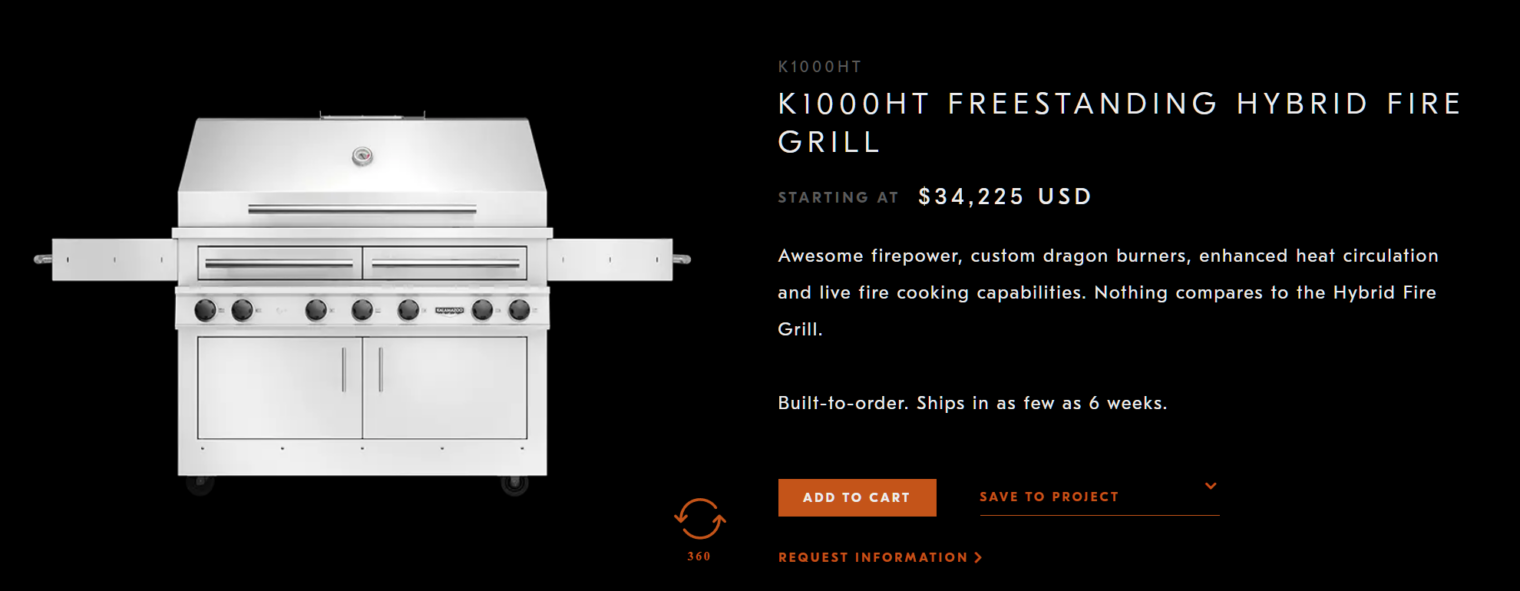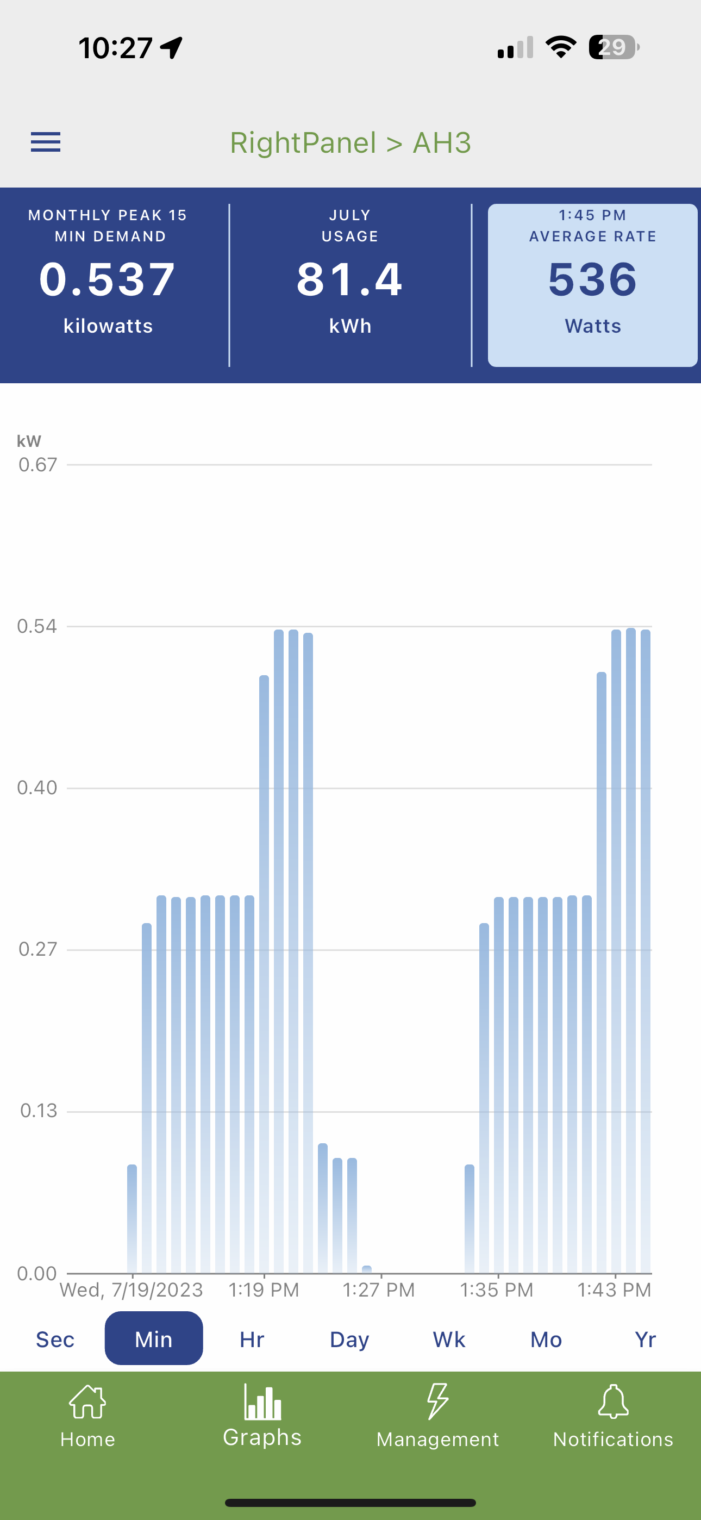What does it cost to maintain a house to a like-new standard?
State Farm says “A rule of thumb is to set aside 1%-4% of your home’s value for a home maintenance fund”. Aside from the fact that this is a huge range, it seems questionable. If a house is brand new, for example, it will be worth more but shouldn’t cost as much to maintain. Does “home’s value” include the land? If we want to use a percentage of “value” should we start with what it would cost to rebuild the house at today’s prices?
Also, I’m not sure that these formulae are valid for keeping a house in like-new condition. People in our part of Florida will either bulldoze a house after 20-30 years or do a major renovation ($100-200/ft), often back to the studs.
State Farm considers costs for the roof, HVAC, water heater, garage door opener, windows, and appliances. But this list isn’t complete and if you had all-new items in all of those categories your house could still be extremely shabby.
Our sojourn thus far in a 20-year-old house has taught me a lot about life limits. I recently learned about the thermal expansion tank attached to the water heater. This prevents excessive pressure from developing in a house’s water lines if the system is sealed off from the municipal water supply via a backflow preventer (see Supreme Court saddens the guys working at our house today). As soon as our backflow preventer was rebuilt, we began to notice that sometimes water pressure was initially high when opening a faucet. Our next-door neighbor is a senior engineer for a Detroit automaker and my go-to source for everything related to the house. He said that he’d had the same problem when his thermal expansion tank had failed internally. We looked at our water heater (installed 2020) and there was no tank at all! (Due to the failed backflow preventer, any excess pressure was previously absorbed by the city water supply.) The plumber who put a tank in said they cost $300 and last 2-5 years (they have a one-year warranty). So that’s an extra $75/year in maintenance reserve, perhaps.
If we consider furniture to be part of the house, and we want a house to look good, we need to budget for replacement of all furniture every 10 years (usually not cost-effective to reupholster). Online estimates of furniture cost are 10-50 percent of the house value. If we take the bottom end of this range for cheap-ish furniture and assume that the furniture costs 10 percent of the house value, that’s 1 percent of the house value every year as a furniture renovation budget.
Backyard pools here in Florida have a life expectancy of about 20 years (leaks can develop; tiles start to come apart). They cost about $25,000 to rehab every 20 years and the pump and heater can die sooner, so that’s probably $1,500 per year amortized.
You’ll want to paint inside and out every 5-10 years if you want the place to look sharp. That won’t be cheap!
People in nicer houses seem to do complete kitchen and bathroom renovations every 15-20 years. Those are $100,000+, so at least $7,000 per year if you want to avoid a period of shabbiness and people walking in saying “this kitchen could use a renovation”. (Of course, hardly any cooking is done in these dream kitchens, but somehow the cabinets and appliances still manage to fall apart over time!)
In order to remain competitive, hotel owners are required to do complete renovations periodically. Every room is rebuilt, refurnished, etc. Every wall is painted and every floor gets a new carpet, tile, or other flooring. If you want to live in a house that isn’t shabby, you need to do the same thing and I suspect that will cost more than 4% of the house value per year. But how much more?
Maybe the people who can figure this out are the ones who do segregation studies for commercial real estate?
Or I wonder if we could take the cost of a complete rebuild of the house and multiply that by 4 percent. Building a mediocre house in South Florida will cost about $1 million (about $350/foot for 2,500′ plus another $100,000 for the pool). The maintenance budget for a 2,500′ house is thus $40,000 per year.
Here’s what I came up with…
| Cost | Expected life | Cost/year | |
| State Farm items | |||
| tile roof | $60,000 | 30 | $2,000 |
| hvac | $20,000 | 12 | $1,667 |
| water heater | $1,500 | 10 | $150 |
| windows | $60,000 | 20 | $3,000 |
| furniture | $100,000 | 10 | $10,000 |
| swimming pool rehab | $25,000 | 20 | $1,250 |
| pool filters/heaters | $5,000 | 10 | $500 |
| $150/ft renovation | $375,000 | 20 | $18,750 |
| Annual total | $37,317 |
Note that the $150/ft renovation is intended to include the kitchen, bathrooms, and all appliances. It would also include flooring and paint. The total comes out pretty close to $40,000/year and there is nothing in the budget for mid-cycle painting, unexpected repairs, or unknown unknowns.
In other words, if someone got a 2 percent mortgage a couple of years ago, his/her/zir/their annual maintenance budget could well be larger than the mortgage, an unexpected result for many.
The typical homeowner, of course, won’t do the renovation every 20 years, so he/she/ze/they will spend less and also live in an increasingly decrepit house (or move!).
For calculating inflation, the BLS uses the fictitious “owners’ equivalent rent” (OEI). Home maintenance costs rise with the price of labor, which in turns rises with the cost of health insurance and, thus, at a higher rate than overall CPI. I wonder if inflation is understated partly because it assumes that Americans will live in ever-shabbier houses. The shabbiness wouldn’t be compensated for in OEI because owners aren’t likely to notice how crummy their house has become compared to a new house (boiling frog syndrome, another false premise of Science).
In other words, our houses cost us way more than we think, either explicitly in money if we do keep them up or implicitly in shabbiness if we don’t, and that might lead to inflation being understated (since we would have to spend a lot more to maintain our lifestyle).
Full post, including comments














